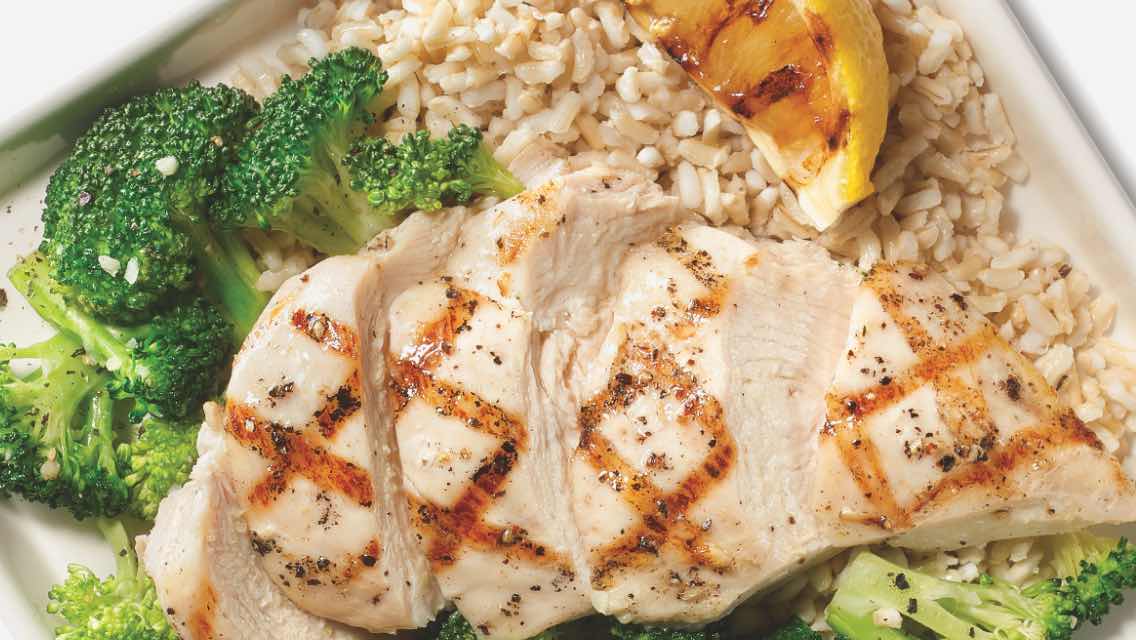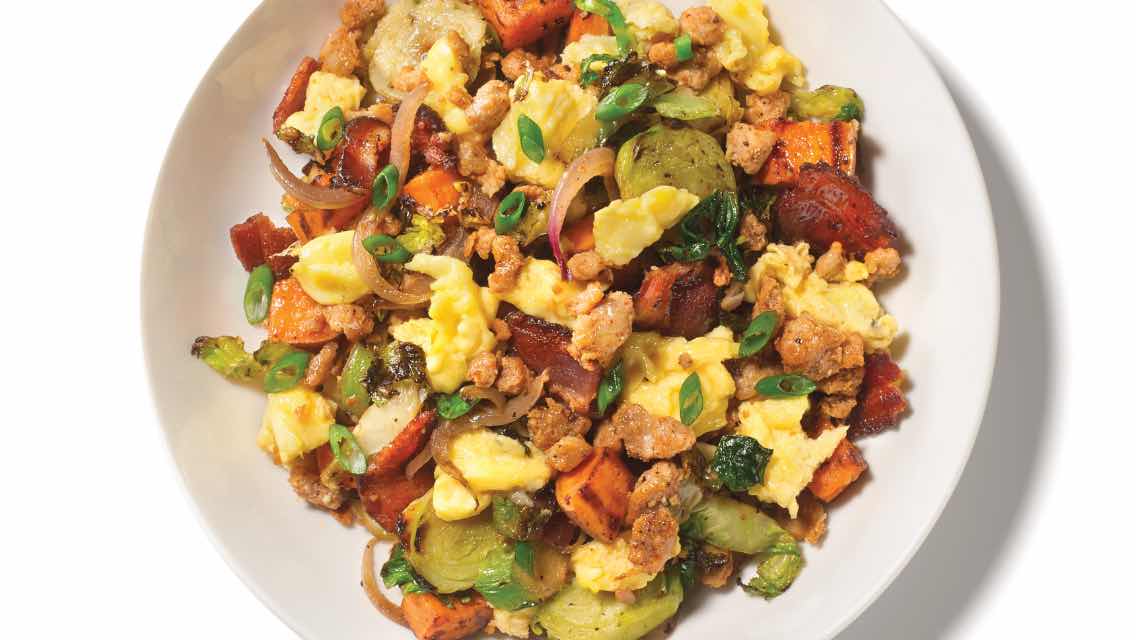A high-functioning metabolism is one of the keys to weight loss — and there’s no denying that supporting that system requires addressing how you’re fueling your body. Changing your everyday eating habits can be a challenge, though, which is why it’s often more realistic — and sustainable — to make small changes versus trying to do a complete overhaul.
Tor rev up your fat-burning capacity, consider prioritizing these three nutritional practices:
1. Concentrate on eating three meals per day.
You may have heard of weight-loss strategies that recommend consuming six mini meals throughout the day. That requires a lot of planning and effort and can often make it more tempting to grab whatever’s convenient rather than what’s nutritionally best. It also frequently leads to overeating.
At the physiological level, spacing out your meals about four to five hours apart — and minimizing snacking — allows your body to tap into its fat stores instead of relying on the influx of glucose you get from eating more frequently.
2. Make sure your plate is balanced.
It’s essential your meals are balanced in order to keep your blood sugar stabile and prevent you from feeling hungry or sluggish in between them. This means including high-quality protein, non-starchy vegetables, and healthy fat at every meal; limiting your intake of starchy carbohydrates; and avoiding processed foods, particularly added sugar, as much as possible.
The more vegetables you can get in the better, as they provide plenty of phytonutrients and fiber. And don’t skimp on the protein or healthy fat — they offer satiety and satisfaction.
3. Aim for these habits 80 to 90 percent of the time.
It’s unrealistic to assume you will eat perfectly 100 percent of the time. Work slowly toward improved food choices by starting with one healthy change at a time. Then, eventually and overall, aim to consume three well-balanced meals per day 80 percent of the time — 90 percent if you’re looking for more significant change.
A few other key tips to consider:
- Pay attention to portion sizes. These vary from person to person depending on a number of variables. In general, fill half your plate with non-starchy veggies; one palm-size portion of protein for women, two for men; and one thumb-size portion of healthy fat for women, two for men.
- Eat more intentionally. This means slowing down, chewing your food well, and learning to recognize when you feel satisfied but not too full.
- Add more vegetables to lunch and dinner — then breakfast. That first meal of the day is often the hardest one for many to incorporate more veggies into. (Shakes can be a great way to sneak them in!)
- Enjoy fruit, starchy veggies, and whole-food starchy carbohydrates in moderation. While healthy, they aren’t necessary to consume at every meal. You’ll also want to be conscious of their portion sizes.
- Minimize snacking — unless you need them. Some people might need to include snacks in their day, such as pregnant or lactating women, competitive athletes, individuals who engage in intense activity, or those who are hypoglycemic. If you’re not in one of those categories and find yourself getting hungry between meals, it may be a sign you’re not including enough protein, healthy fat, or fiber.
Easy Meal Transformations
These suggestions can help you take small steps to progressively transform each of your meals so they boost your metabolism — and fat-burning potential — no matter your starting point.
Breakfast
An easy way to up the fat-burning capacity of the first meal of the day is to add in protein. This helps stabilize your blood sugar, which means more steady energy throughout the morning.
| If you’re here | This is better | This is even better | This is ideal |
|---|---|---|---|
| Orange juice + bowl of cereal | Orange juice without added sugar + strawberry Greek yogurt | Hard boiled eggs + orange + water | Scrambled eggs + sautéed veggies + berries + water |
Lunch
Begin by aiming to reduce processed carbohydrates, such as white bread and chips. Swap those for veggies or a more fiber-rich bread for less midday fatigue.
| If you’re here | This is better | This is even better | This is ideal |
|---|---|---|---|
| Chicken sandwich on white bread + mayo + potato chips | Chicken sandwich on sprouted grain bread + mayo + apple | Grilled chicken on top of lettuce + chopped veggies + ranch dressing | Grilled chicken on top of lettuce + chopped veggies + avocado + olive oil dressing |
Dinner
For your evening meal, focus first on fiber to help keep you feeling full for longer into the evening. Try switching white pasta to a more nutritious alternative, or adding more veggies into your entrée.
| If you’re here | This is better | This is even better | This is ideal |
|---|---|---|---|
| Spaghetti + alfredo sauce | Whole grain pasta + marinara sauce | Brown rice pasta + marinara sauce + ground beef | Zucchini noodles + extra veggies + marinara sauce + grass-fed ground beef |
Any improvement you can make is a step in the right direction, so figure out which change you feel most confident in making to begin with. To assess, ask yourself these questions:
- Where am I at right now?
- How can I change my current breakfast, lunch, or dinner? (Pick one meal at a time to be more feasible.)
- Can I add protein? Or veggies? Can I reduce my processed carbs? Or swap an unhealthy fat for a healthier source?
Choose what feels most realistic and start there. By identifying and being specific about how you’re going to make a change versus going after something broader, you’ll increase the likelihood of seeing success.




